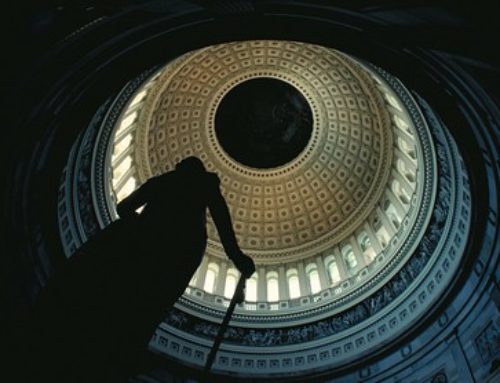It was the worst of times. It was the worst of times. This week House and Senate Budget Committee chairs unveiled their budgets for fiscal year 2014. According to Democrats, Rep. Paul Ryan’s (R-WI) budget was an unmitigated disaster that would destroy Medicare and slash spending in a draconian way. To Republicans, Sen. Patty Murray’s (D-WA) budget was rife with new taxes and massive debt increases that threaten to send the economy into a death spiral.
What a bunch of hooey.
In reality both packages are political markers that are more about public messaging than laying out a plan to finance government next year or settting the budgetary game plan for the next decade. And they seem even more out of context because they come out ahead of the President’s FY14 budget request which is already a month overdue and won’t grace Congress’ doorstep for another couple weeks.
So instead of providing the short and mid-term road map for the country’s future, the two budget proposals map out paths to each party’s promised land and don’t converge. In fact, they don’t even agree on the same baseline – the predicted level of spending that savings or cost increases are measured against.
The House proposal assumes the increase in payments to doctors under Medicare will expire (it won’t), the sequester-level cuts (the mandated across the board cuts) are here to stay, and counts the decrease in war spending as savings (it shouldn’t). It then largely protects Pentagon spending from sequestration, repeals the Affordable Care Act (Obamacare), mandates revenue-neutral tax reform (with no specifics), increases means testing in Medicare, nips farm subsidies (a paltry $31 billion). The much ballyhooed/derided voucher system for Medicare doesn’t start until 2024 – so it’s outside the budget window and amounts to little more than a budgetary tempest in a teapot). Against their baseline, the Ryan budget claims $4.6 trillion in deficit reduction.
The Senate proposal assumes the increase in payments to doctors under Medicare will not expire, that the sequester-level cuts will be waived, notes the decrease in war spending (and draws it down more rapidly) but appropriately doesn’t count this as savings. From there, the proposal calls for additional revenue by eliminating tax breaks (tax expenditures) but is silent as to which ones they target. It also cuts some in defense but only half as steep as sequestration cuts and calls for small cuts in non-defense and health care related savings. And farm subsidies savings is even more meager at $23 billion. Against their baseline, the Murray budget claims $1.9 trillion in deficit reduction.
So that’s what the budgets say they are going to do, but only if we follow that road. So it is the first year that really counts and it’s extremely unlikely that we are going to get a House-Senate agreed upon joint budget resolution from these two proposals. But lawmakers should still seek any overlaps and work to build those into any final deal.
The final deal – if it happens – is going to be the phoenix that rises up out of the ashes of these two budget resolutions, and quite frankly the President’s budget request. We agree with most observers that the sequester cuts are here to stay (at least until they are replaced by something), but that’s just discretionary spending. We need to get the bigger share of the pie, entitlement reform, if we are going to make Medicare and Social Security more sustainable. We need to tackle comprehensive tax reform that yields some additional revenue. But most of all we need to stop all the political theater and get our lawmakers working on solutions, not sound bites.







Get Social